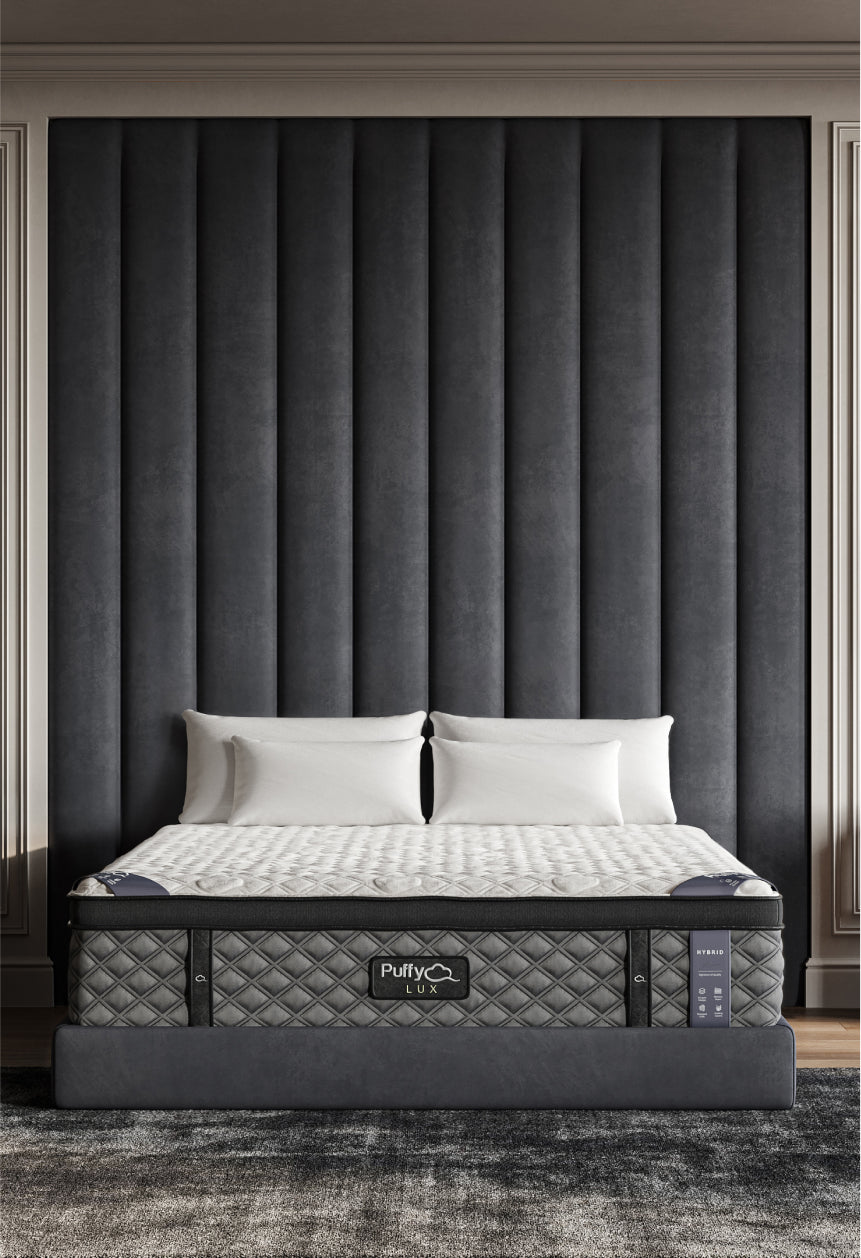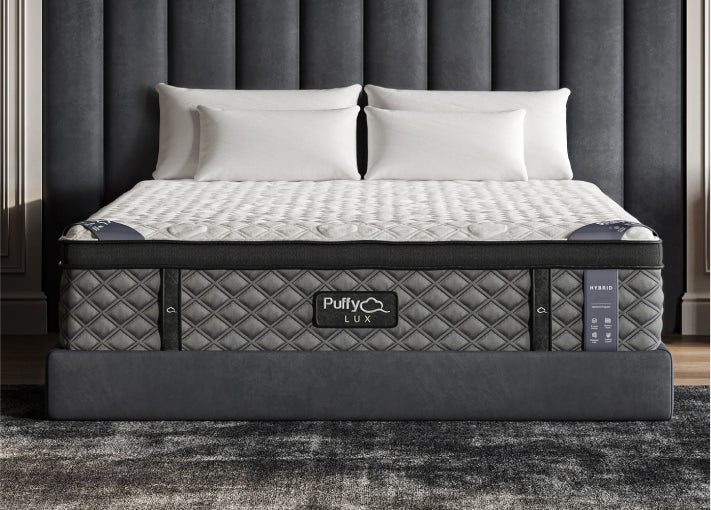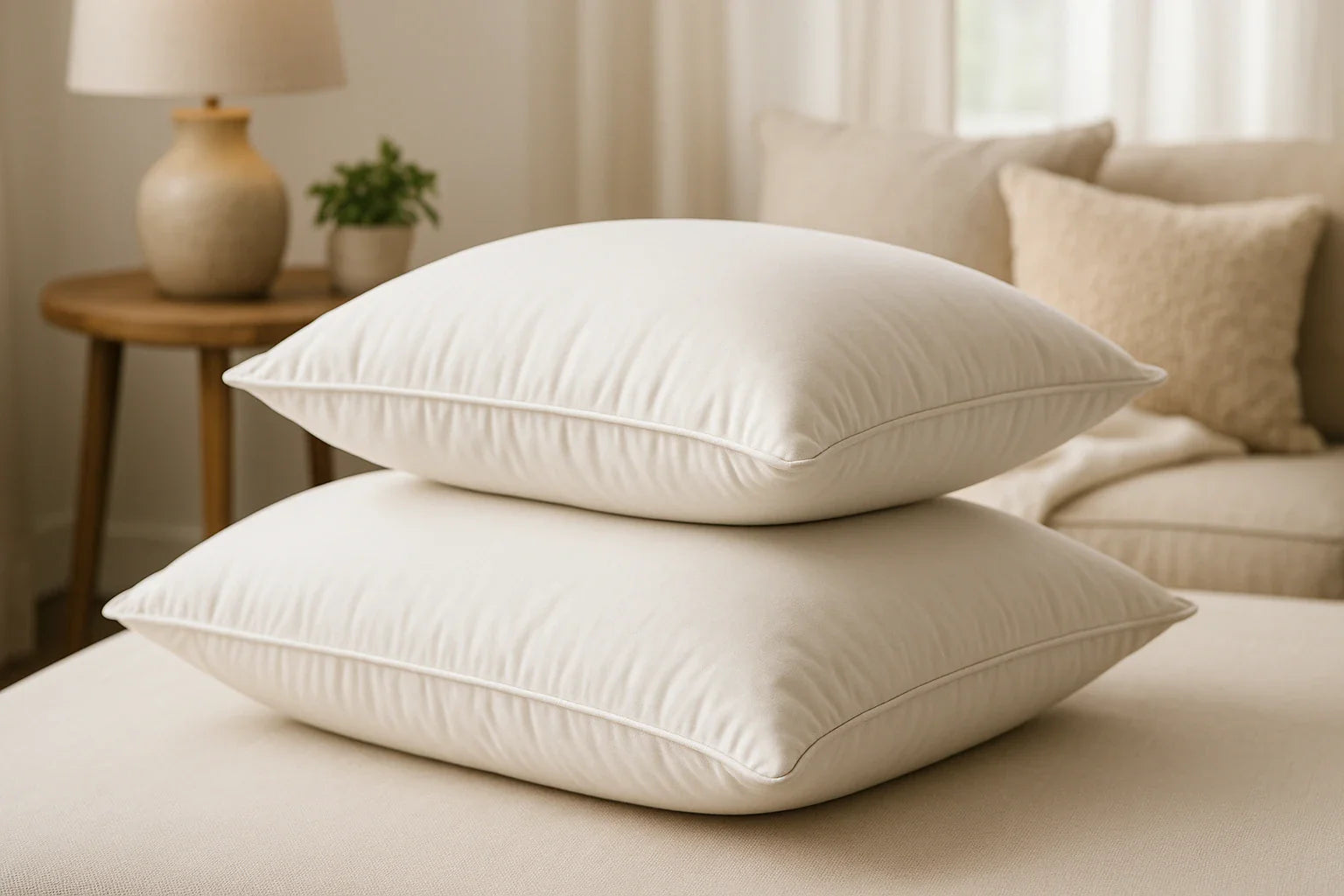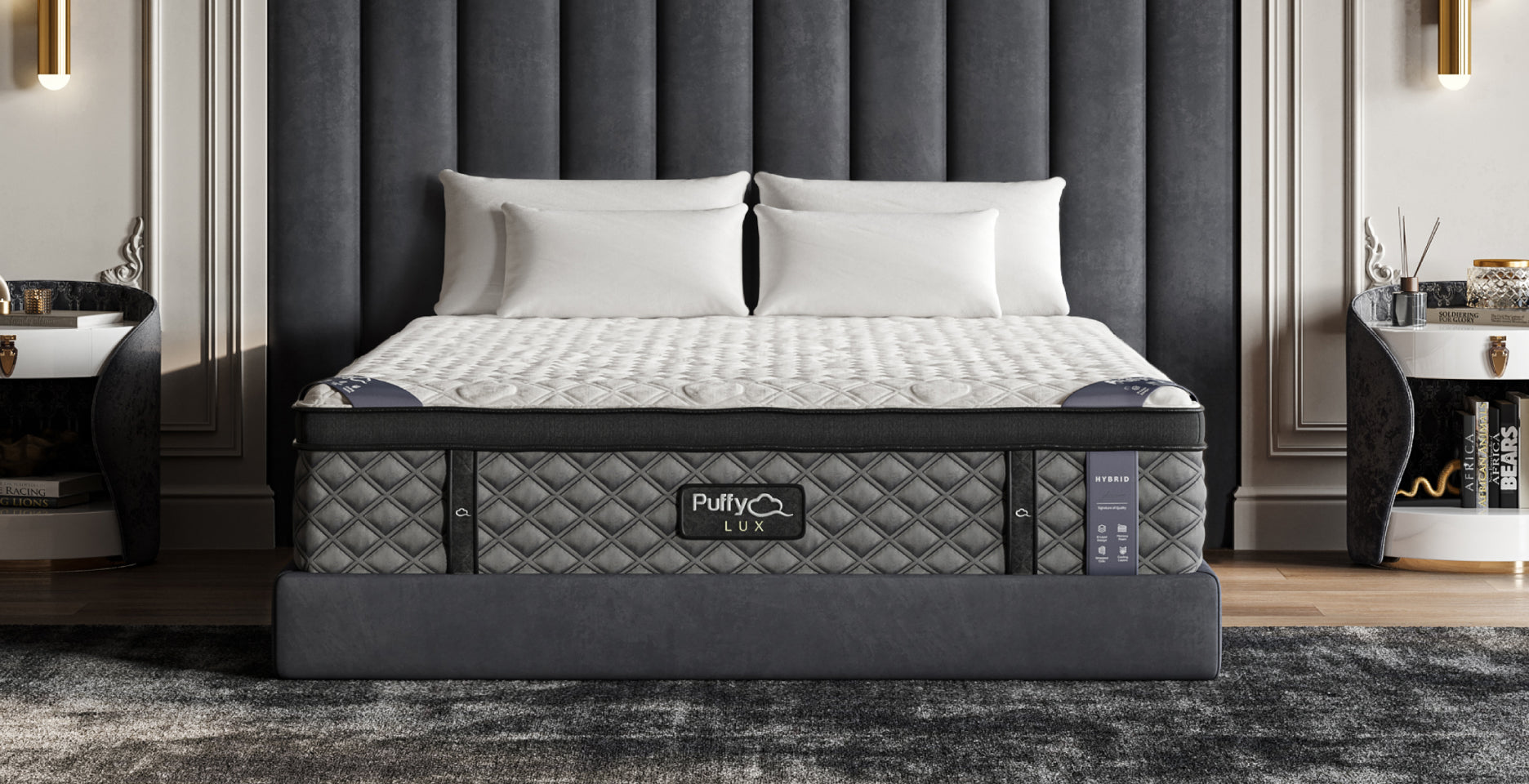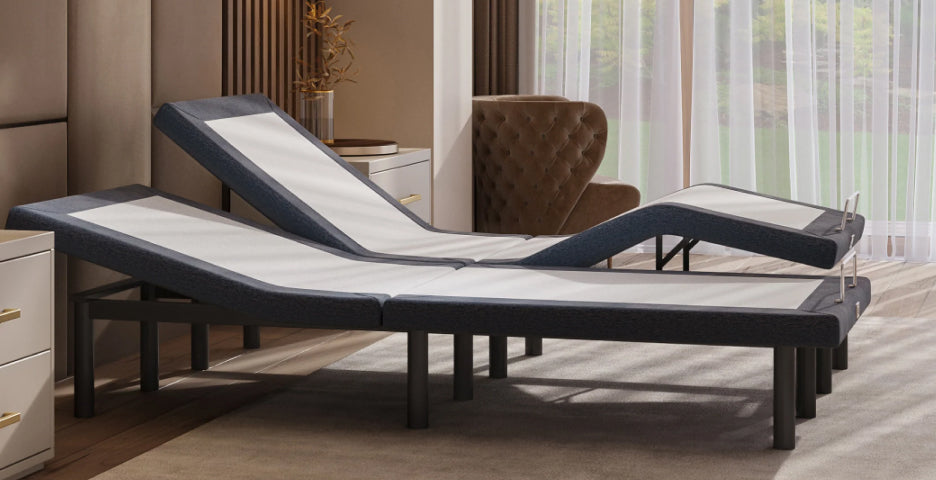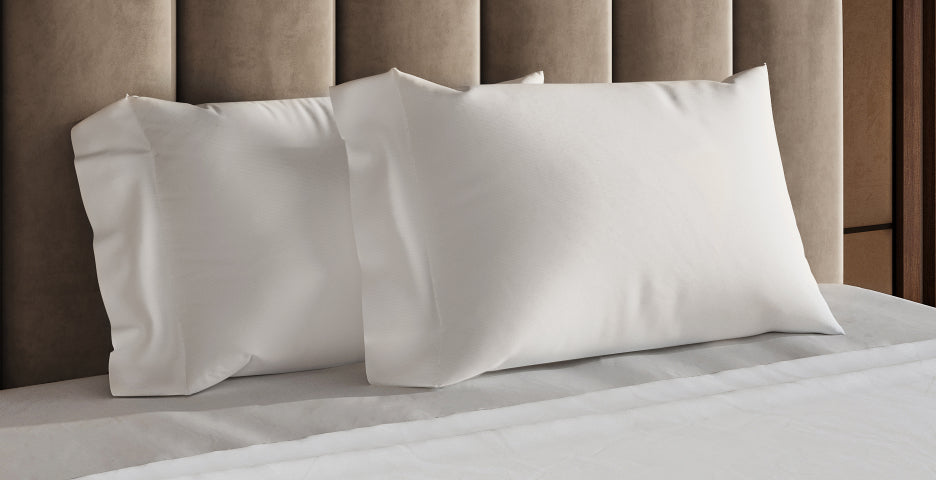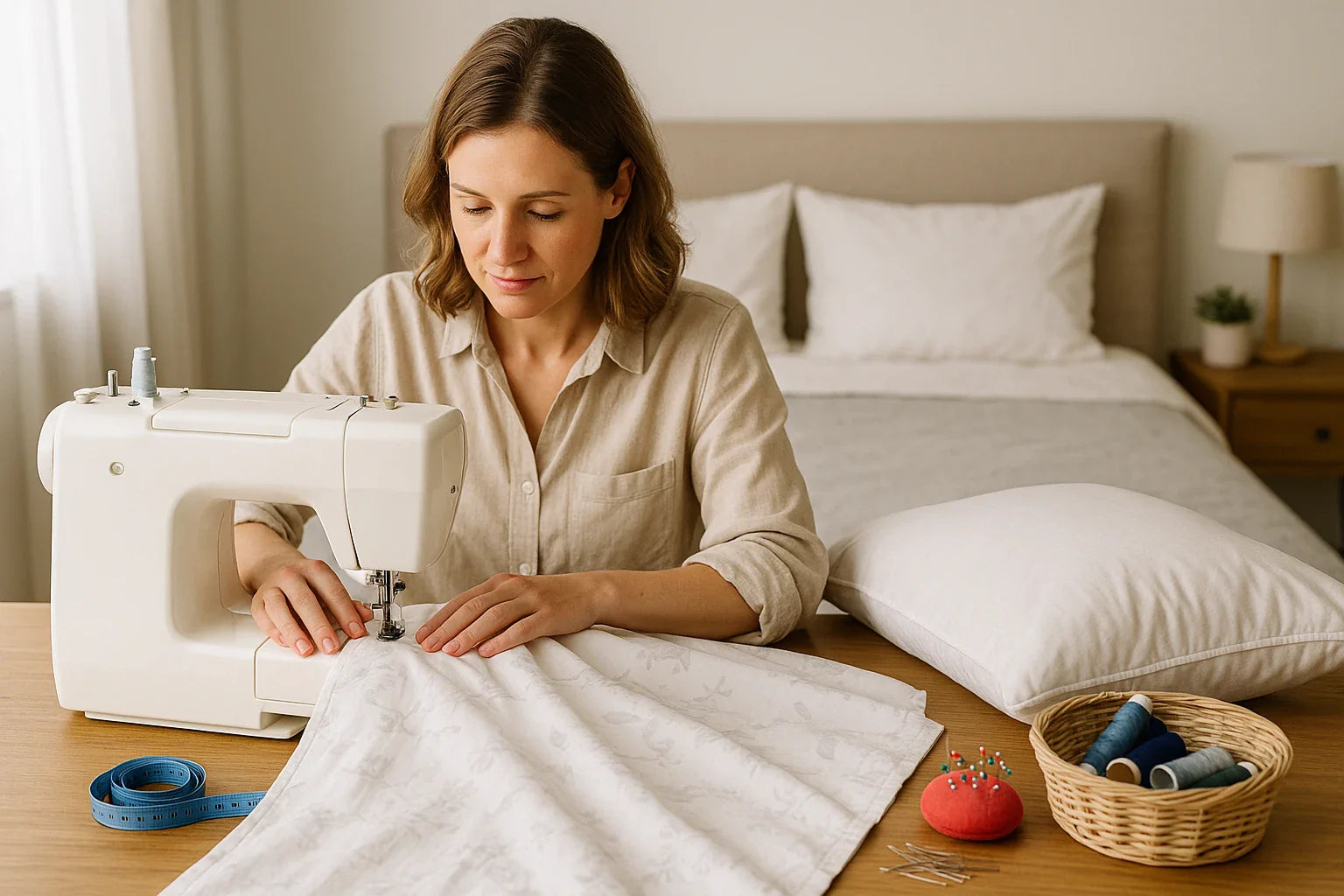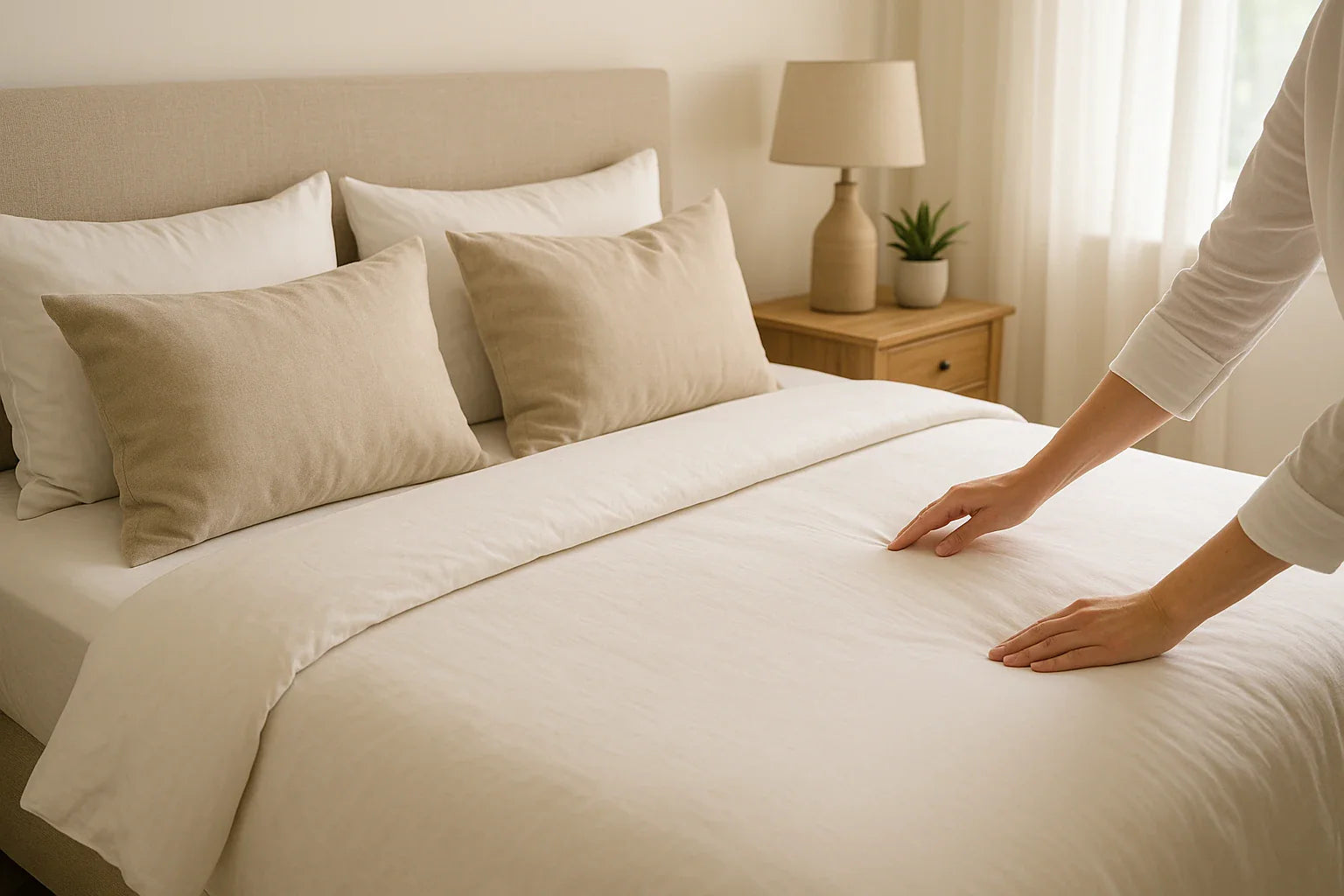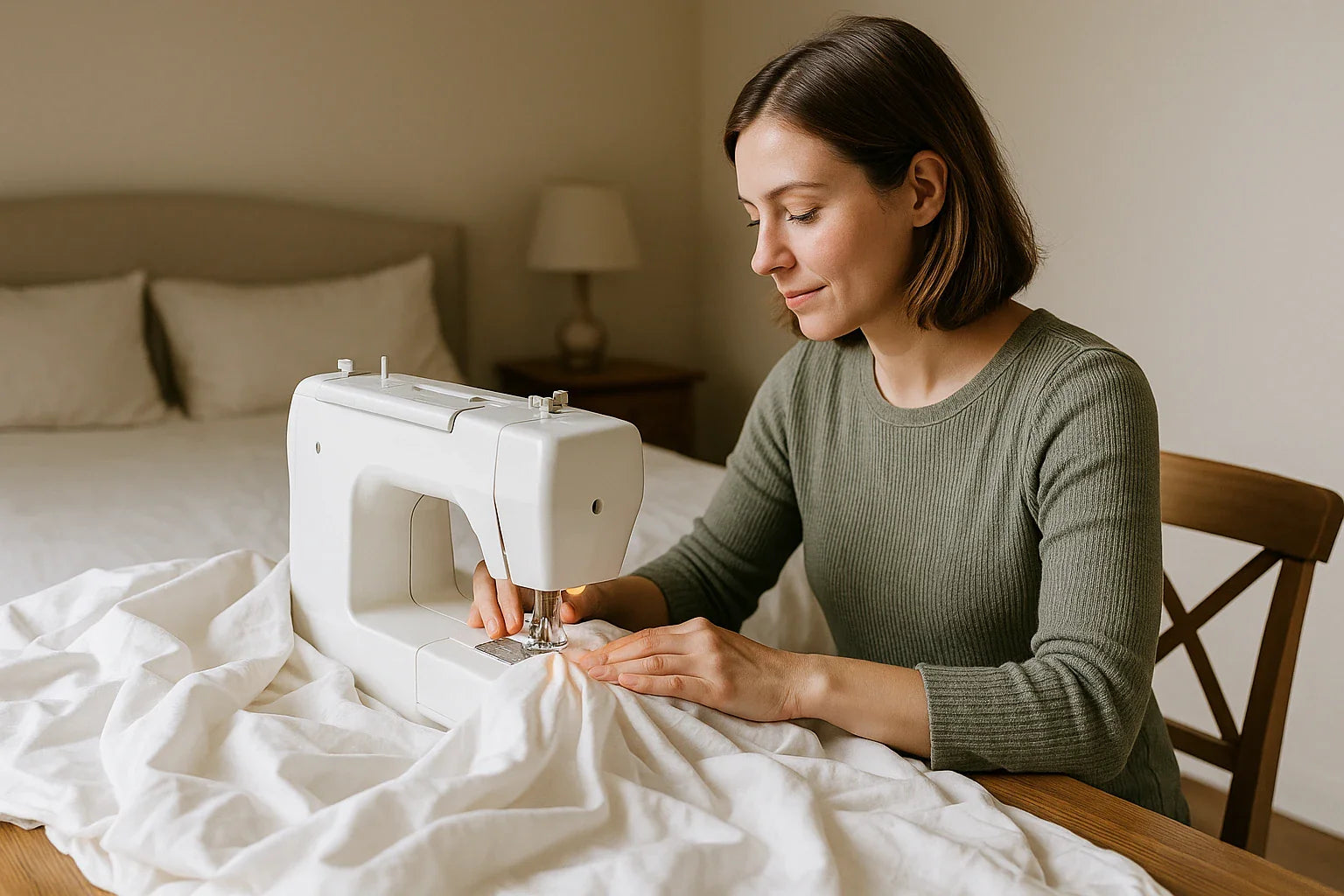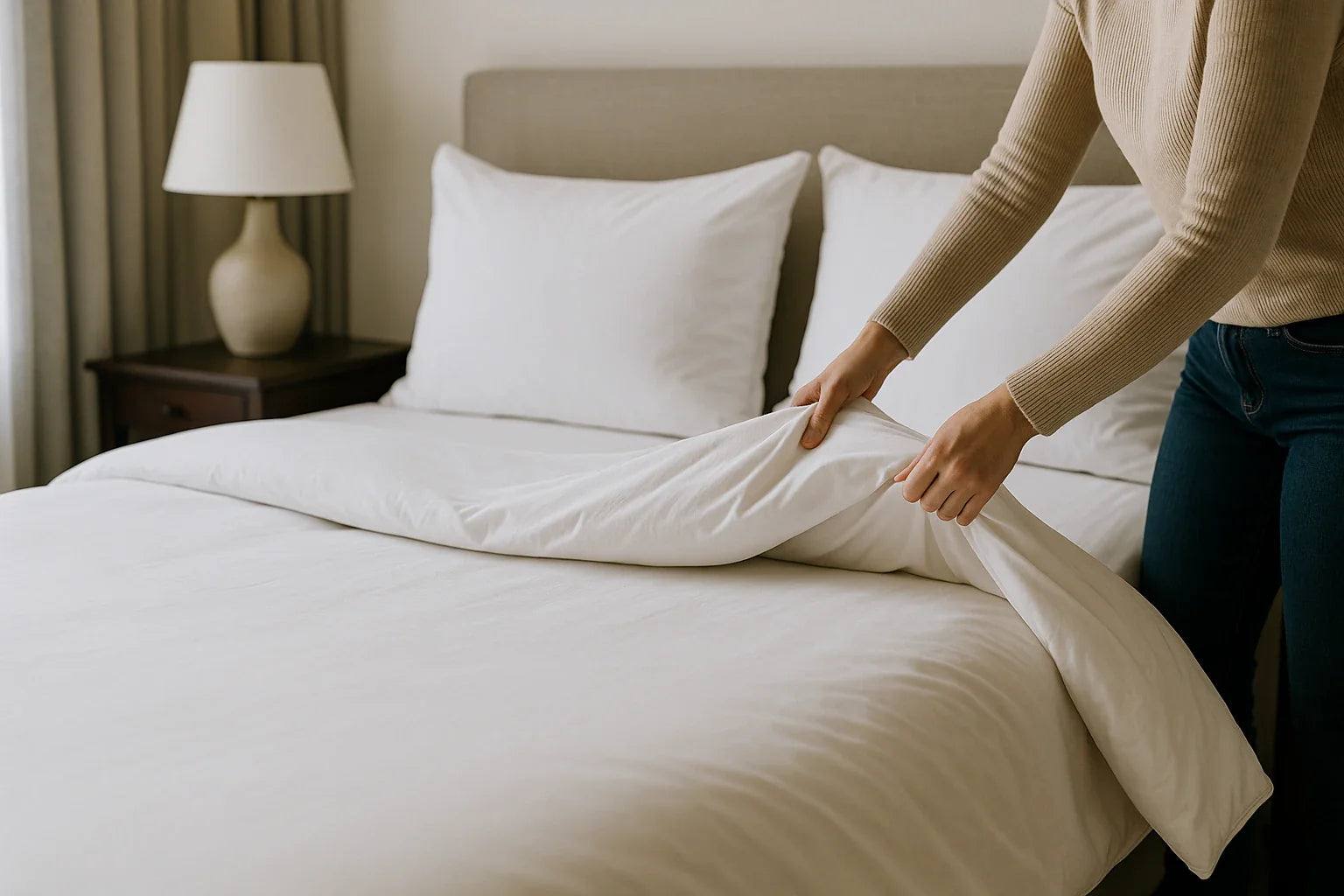Key Takeaways
- Understand what microfiber pillows are and what sets them apart.
- Learn whether microfiber pillows are safe and allergy-friendly.
- Explore the pros and cons to determine if microfiber pillows are good for your sleep style.
- Compare microfiber with other popular pillow fills like memory foam and down.
There’s a good chance you’ve come across microfiber pillows while shopping for bedding, but are they actually worth it?
If you’re wondering, are microfiber pillows good?, this guide breaks down everything you need to know.
From comfort and safety to durability and support, we’ll help you decide if they’re a good fit for your sleep routine and home.
What Are Microfiber Pillows?
Microfiber pillows are filled with ultra-fine synthetic fibers, usually polyester, designed to mimic the softness of down without using any animal products.
The fibers are tightly woven and densely packed, creating a lightweight yet plush feel.
Common Characteristics:
-
Hypoallergenic
-
Lightweight and moldable
-
Breathable
-
Inexpensive compared to down or memory foam
Most microfiber pillows also feature a microfiber cover or a cotton-blend outer shell, which helps with moisture-wicking and airflow.
These features make them a solid option for people looking for comfort, value, and low maintenance.
Are Microfiber Pillows Safe?
Yes, microfiber pillows are generally considered safe for most people. Since they’re made from synthetic fibers, they’re naturally resistant to dust mites and mold, making them a good option for allergy sufferers.
Safety Features:
-
Allergen-resistant: The tight weave keeps out common irritants.
-
Chemical-free options: Many brands offer OEKO-TEX® certified pillows free from harmful substances.
-
Easy to clean: Most microfiber pillows are machine washable, helping reduce bacteria buildup.
However, it’s still a good idea to check for specific certifications and materials, especially if someone in your household has sensitivities.
Pairing a hypoallergenic pillow with a breathable Puffy Cloud Mattress ensures you’re sleeping in a cleaner, healthier environment from top to bottom.
Are Microfiber Pillows Good?
The short answer: they can be, depending on your needs. Microfiber pillows provide a balanced feel that suits a variety of sleep positions and preferences.
Pros:
-
Affordable: A great budget-friendly option for families or guest rooms.
-
Soft and quiet: Unlike some crinkly synthetic pillows, microfiber is silent.
-
Low maintenance: Easy to wash and dry.
-
Animal-free: Ideal for those avoiding feather or down.
Cons:
-
Not as breathable as natural fills like down.
-
Flattens faster than memory foam or latex.
-
May retain heat more than other options.
If you like a plush, fluffy pillow that doesn’t cost a fortune, microfiber may be a solid pick. It’s also a great layering pillow, especially when paired with structured options for added support.
Our microfiber pillows have been in rotation for years—whether in the guest room or stacked under our kids during storytime. And when you sink into them on a Puffy Lux Hybrid Mattress, the softness and support work in tandem to deliver restful sleep night after night.
Microfiber vs. Other Pillow Fillings
| Filling Type | Softness | Support | Allergen Friendly | Price Range |
|---|---|---|---|---|
| Microfiber | Plush | Medium | Yes | $ |
| Memory Foam | Medium | High | Varies | $$ |
| Down | Very Soft | Low | No | $$$ |
| Latex | Firm | Very High | Yes | $$$ |
Who Should Use Microfiber Pillows?
-
Back sleepers: Offers gentle support for the neck and helps maintain a neutral head position without being too firm.
-
Stomach sleepers: Works well if kept thin or under-compressed to prevent excessive neck strain and improve posture alignment.
-
Side sleepers (in combination): When layered with a firmer pillow, microfiber can add plushness and fill gaps between the shoulder and head.
-
Allergy sufferers: Good barrier against irritants such as dust mites, mold, and pet dander, especially when paired with a washable pillow protector.
-
Budget-conscious households: Great for updating bedrooms affordably without sacrificing comfort or style, making them ideal for kids’ rooms, dorms, or guest spaces.
How to Care for Microfiber Pillows
-
Machine wash every 3–6 months using a gentle cycle. For best results, wash two pillows at a time to balance the load and avoid clumping.
-
Dry on low heat with dryer balls to fluff. The dryer balls help redistribute filling and minimize lumps. A clean tennis ball in a sock can be used as an alternative.
-
Use a pillow protector to extend longevity and reduce allergens. Opt for a zippered, breathable protector that can be washed more frequently.
-
Spot clean between washes to handle small spills or stains promptly and maintain freshness.
Avoid using high heat, as it can damage the polyester fibers. Regular fluffing helps maintain their shape and comfort over time, and airing them out monthly can reduce trapped odors and moisture.
Final Thoughts
So, are microfiber pillows good? For many sleepers, yes. They offer comfort, convenience, and value all in one.
Whether you’re setting up a kid’s bed, a guest suite, or your own sleep sanctuary, these pillows can round out your sleep setup nicely—especially when supported by the consistent comfort of a premium mattress.
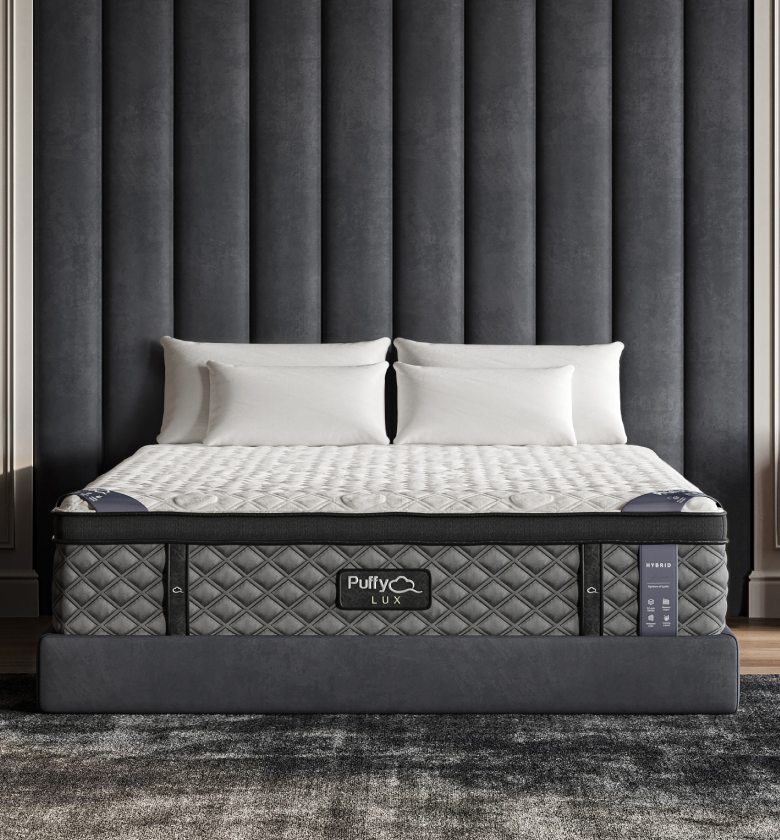
$1,350 in savings
Transform your comfort with the Puffy Lux.
Relax into award-winning comfort with this hybrid mattress:
- 8 layers of cloudlike luxury.
- Medium-plush feel.
- Gel-infused cooling.
- 101-night sleep trial.
